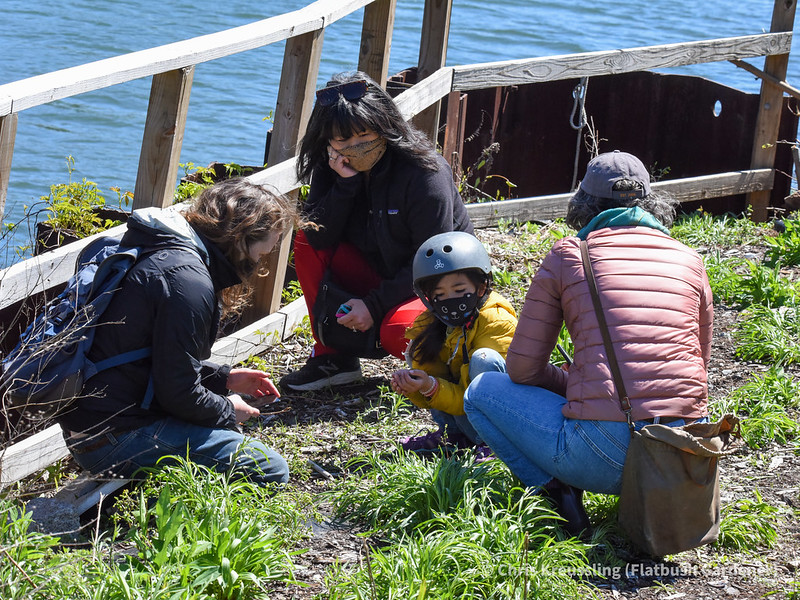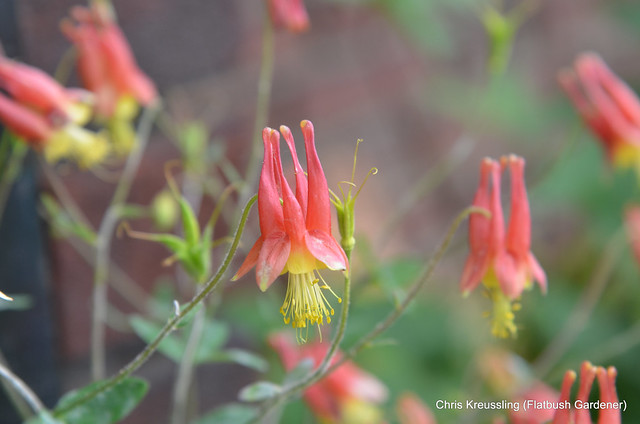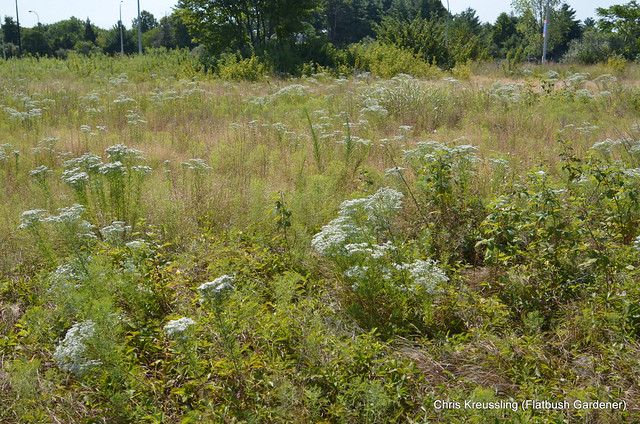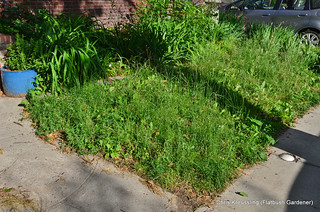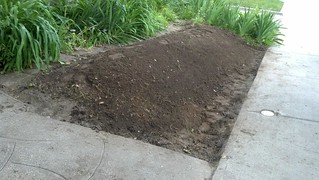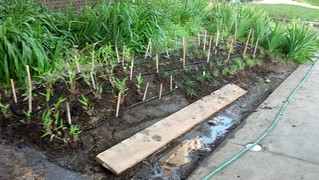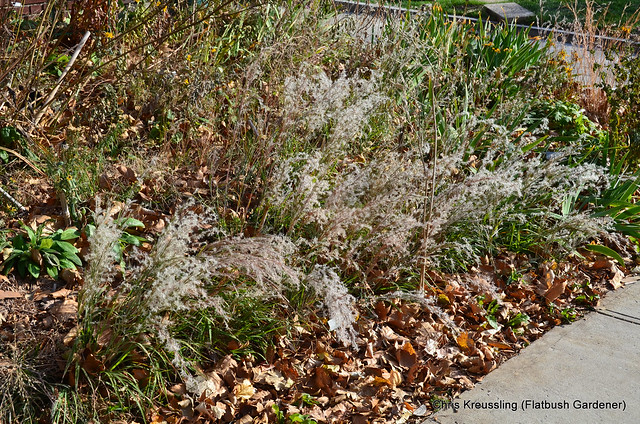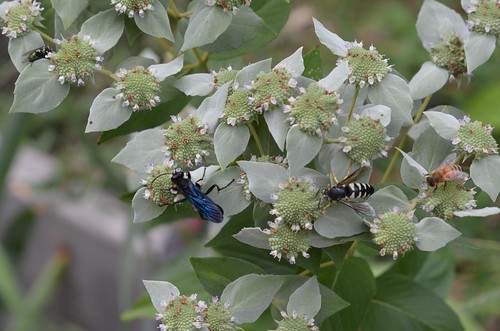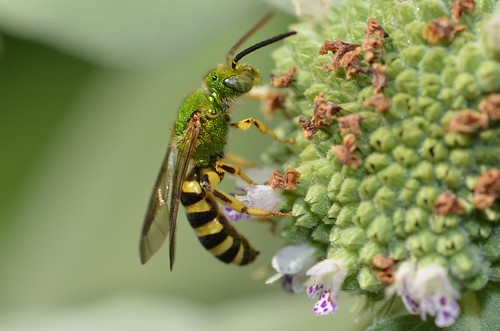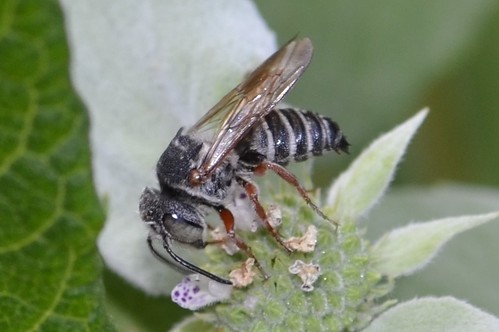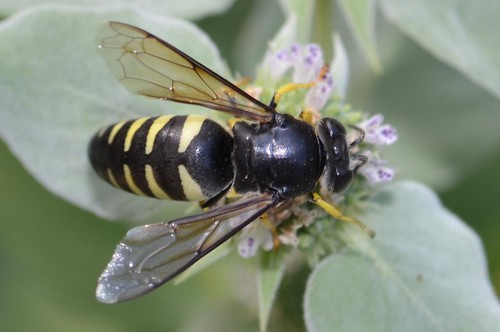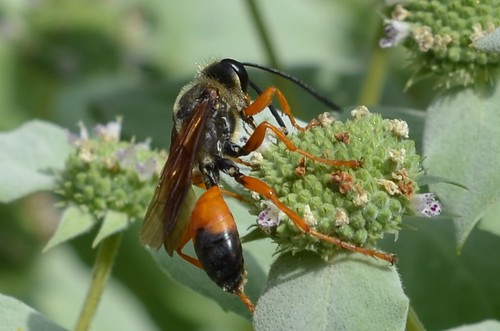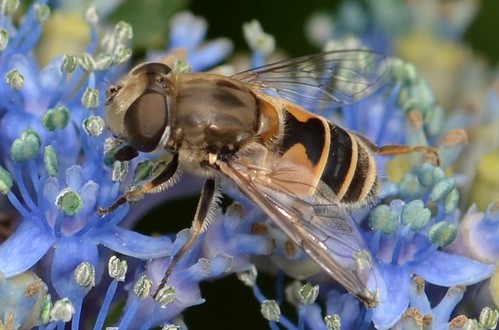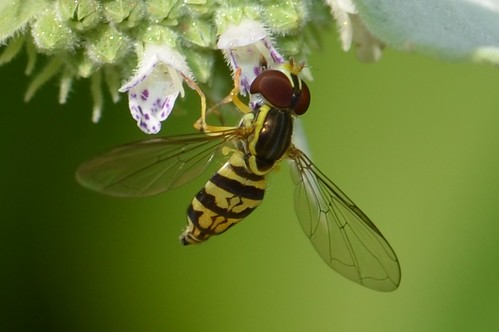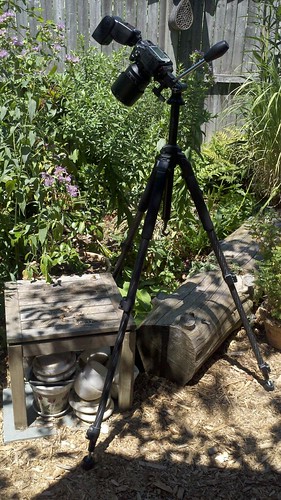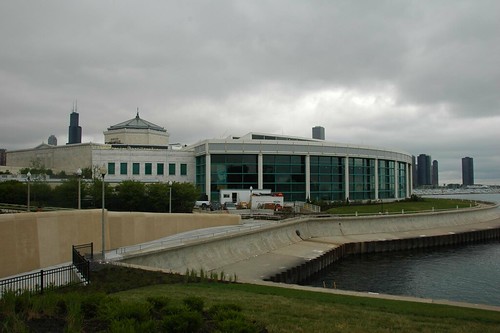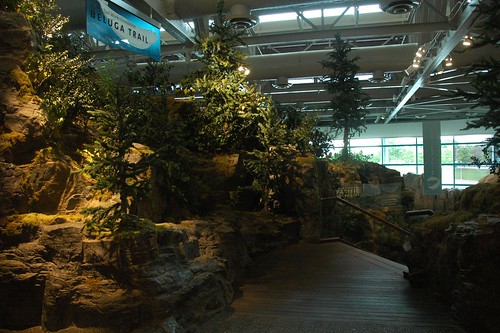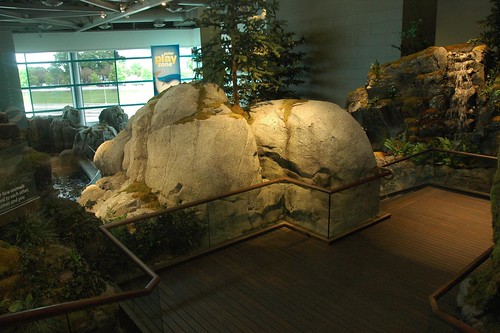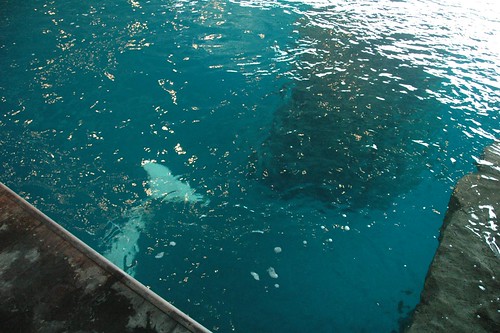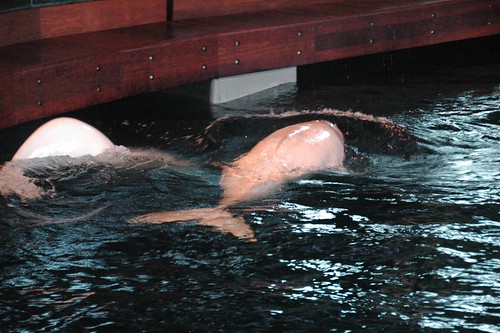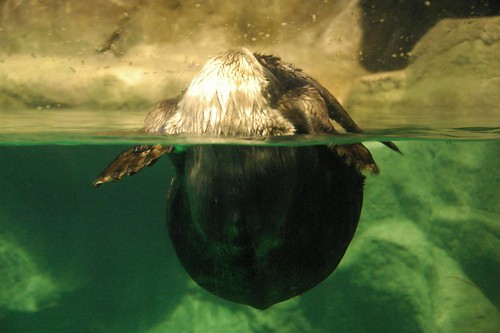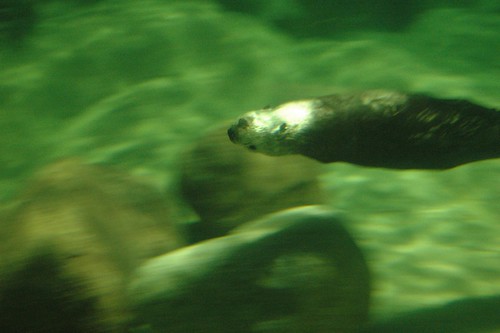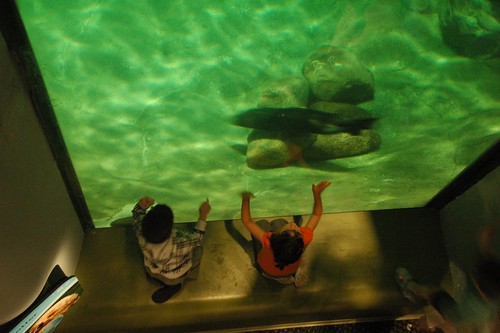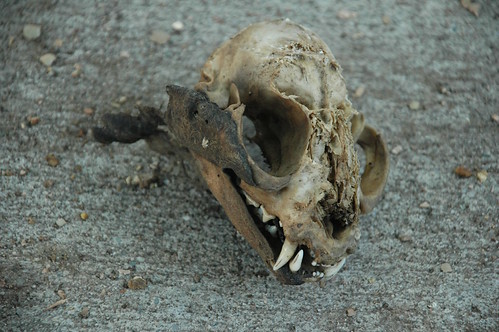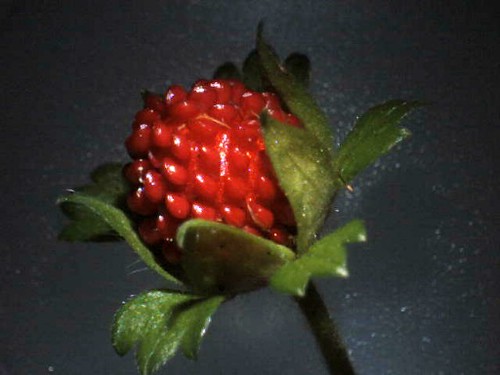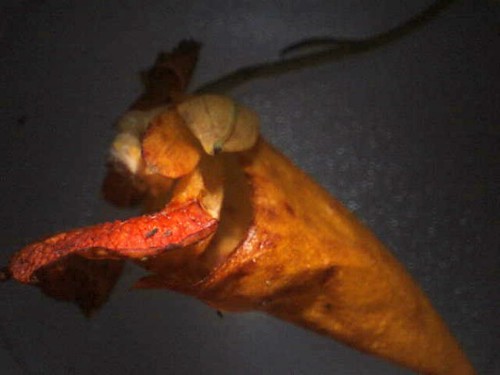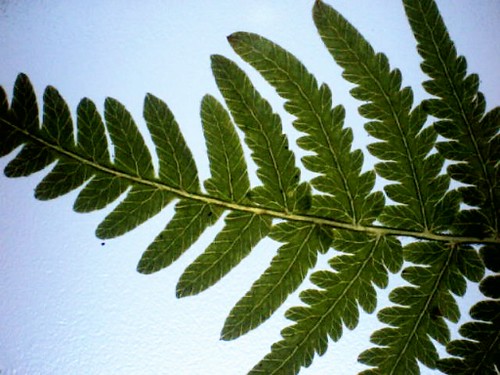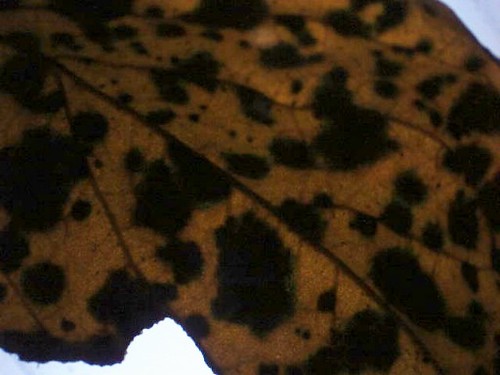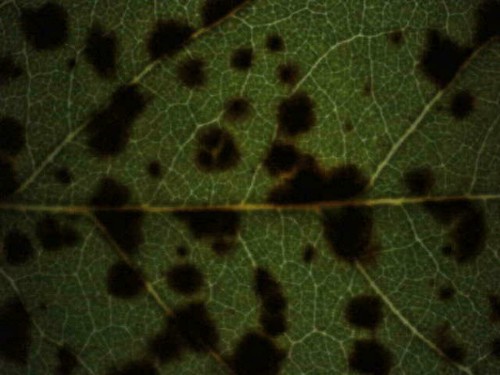The annual City Nature Challenge (CNC) is this weekend, from Friday April 29 through Monday May 2. I put together a presentation on Slideshare with a brief overview of New York City’s participation in CNC.
I’m one of the Brooklyn Borough Captains for the NYC Battle of the Boroughs, a friendly inter-borough competition among the boroughs to promote CNC participation across NYC. Following is a list of all the planned events and participating greenspaces in Brooklyn. You can also find this list on the Brooklyn CNC 2022 iNaturalist Project Journal.
Friday, April 29, 2022
Calvert Vaux Park
CNC BioBlitz: Birds, Plants, and Pollinators!
Time: 12pm-2pm
Host: Torrey Botanical Society
Description: Calvert Vaux Park is an under-explored park in Brooklyn with several trails and a waterfront view of the Verrazano Bridge. The event will take place during low tide to take advantage of the exposed shoreline. Participants of all levels are welcome! Local naturalists with expertise in plants, birds, and insects will share their knowledge on the biodiversity of the park and how to make meaningful observations. The bioblitz will be led by Chris Kreussling, Jen Kepler, and other local urban naturalists.
Registration: Eventbrite
Starting Location: [Pollinator Place Garden](https://goo.gl/maps/sZL2cotYE5vJ7cXt9), Calvert Vaux Park, near the pedestrian bridge over Shore Pkwy
Saturday, April 30, 2022
Ridgewood Reservoir (Highland Park)
Birds and Insects Walking Tour
Time: 10a – 12p
Host: NYC H2O
Description: Let’s put Highland Park and Ridgewood Reservoir on the map! Our first walk will be led by Ken Chaya – a consultant for the New York Botanical Garden (NYBG), perhaps best know for mapping the location of all 19,933 trees in Central Park to produce the prolifically illustrated “Central Park Entire” map.
Registration: Eventbrite
Starting Location:
Plants and Herbals Walking Tour
Time: 12p – 2p
Host: NYC H2O
Description: Let’s put Highland Park and Ridgewood Reservoir on the map! Our second walk will be led by Jocelyn Perez-Blanco – a local educator, conservationist, and Herbalists Without Borders (HWB) NYC Queens Chapter Coordinator.
Registration: Via Eventbrite:
Starting Location:
Sunday, May 1, 2022
Green-Wood Cemetery
City Nature Challenge: Green-Wood BioBlitz
Time: 10am-12noon
Host: Green-Wood Historic Fund
Description: Join Sigrid Jakob and Potter Palmer, the project leads of Green-Wood’s Fungi Phenology Project, and Sara Evans, Green-Wood’s manager of horticulture operations, on a guided bioblitz.
Registration: https://www.green-wood.com/event/city-nature-challenge-green-wood-bioblitz/
Starting Location: inside the Main Entrance at Fifth Avenue and 25th Street
Fort Green Park
City Nature Challenge: Spring Blossoms
Time: 11a-12:30p
Host: Urban Park Rangers
Description: NYC Parks is participating in the City Nature Challenge and is recruiting you to help. Join the Rangers as we walk the park to observe and collect data for the City Nature Challenge, a friendly competition taking place April 29-May 1 between cities around the world to see which is most biodiverse. This program will focus on identifying spring blossoms. Participants are encouraged to download the iNaturalist app to collect data.
Registration: None needed. For more info, visit: https://www.nycgovparks.org/events/2022/05/01/city-nature-challenge-spring-blossoms
Starting Location: Fort Green Park Visitor Center
Monday, May 2, 2002
Prospect Park Nothing scheduled, but if you want to meet up for an informal CNC, let me know.
Parks and other Green Spaces
Other Brooklyn Parks and Green Spaces that are participating without any scheduled events:
Related Content
City Nature Challenge
- 2018-04-9: City Nature Challenge 2018
iNaturalist
- 2022-03-17: Torrey Lecture, Wednesday March 30
- 2022-01-13: Insect Year in Review
- 2021-11-19: Hot Sheets Habitat
- 2021-10-29: Documenting Insect-Plant Interactions
- 2021-09-13: iNaturalist Workshops, The High Line, Saturday September 25
- 2021-06-14: Native Pollinator Walks, Wave Hill, Sunday, June 27
- 2020-05-14: Home of the Wild
- 2019-06-08: Sunday 6/23: Pollinator Safari: Urban Insect Gardening with Native Plants
- 2018-08-19: Plant Blindness [Phytoagnosia] and Urban Ecology
NYC CNC iNaturalist Projects
- NYC CNC 2022
- NYC CNC 2022 – Battle of the Boroughs
- NYC CNC 2022 – Greenspace Race
- NYC CNC – All Years
City Nature Challenge
NYC CNC iNaturalist Projects- Past Years
Battle of the Boroughs – Past Years
Parks and Green Spaces

